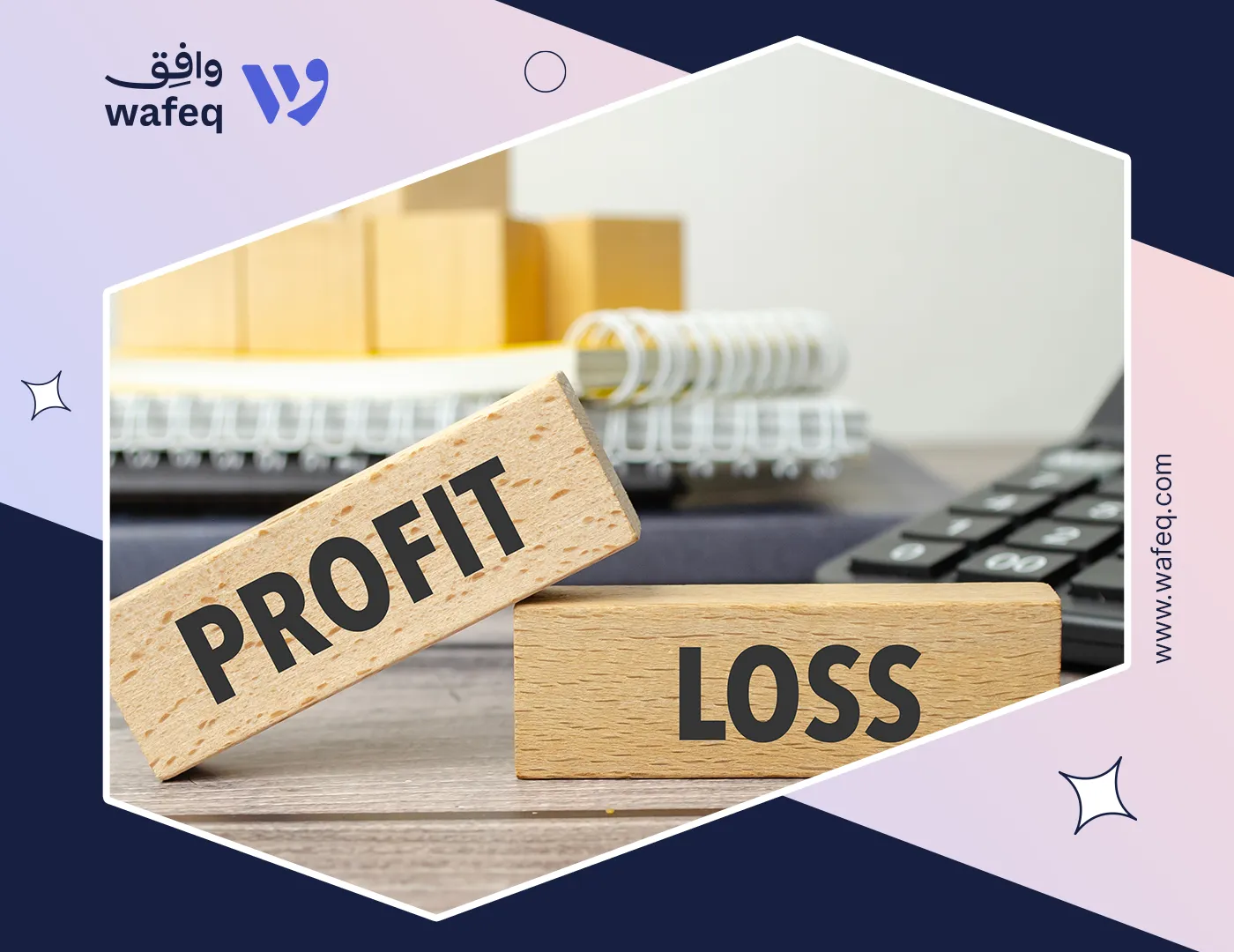Best Practices and Innovations in Financial Forecasting [2]

Financial forecasting is a critical component of business success, allowing companies to plan, strategize, and manage their finances effectively. With advancements in technology and the ever-changing business landscape, it's essential to stay up-to-date with the best practices and innovations in financial forecasting.
This article explores these best practices and the latest innovations to help you optimize your forecasting processes and drive business growth.
Improve your business's financial management with Wafeq's advanced reporting tools and more.
Improve your business's financial management with Wafeq's advanced reporting tools and more.
Best Practices for Effective Forecasting in Financial Management
- Utilizing multiple forecasting methods: To improve the accuracy of your financial forecasts, use a combination of qualitative and quantitative forecasting methods. This approach ensures that you consider both historical data and expert opinions to make well-informed financial predictions.
- Regularly updating forecasts: Financial forecasts should be updated regularly to reflect changes in market conditions, industry trends, and company performance. This practice helps maintain the accuracy of your forecasts and allows for better decision-making.
- Incorporating industry trends and economic indicators: To develop more accurate financial forecasts, consider external factors such as industry trends and economic indicators. These factors can have a significant impact on your company's performance, so incorporating them into your forecasting process is crucial.
- Collaborating with key stakeholders: Involve key stakeholders, such as department heads and finance team members, in the forecasting process. Their input can provide valuable insights into your company's operations, ultimately leading to more accurate financial forecasts.
Leveraging Wafeq for Accurate Financial Forecasting
- User-friendly interface and powerful features: Wafeq offers a user-friendly interface and powerful features designed to streamline the financial forecasting process. The platform's intuitive design enables users to quickly and efficiently create accurate forecasts.
- Customizable financial reports: Wafeq allows users to customize financial reports, enabling them to tailor their forecasts to their unique business needs. This customization ensures that you have access to the most relevant and actionable financial data.
Benefits of Accurate Financial Forecasting
Improved cash flow management
Accurate financial forecasting helps businesses manage their cash flow more effectively by anticipating revenue and expenses. This foresight enables companies to make better decisions regarding investments, expansions, and cost management.
Greater investor confidence
Investors are more likely to have confidence in a company that produces accurate financial forecasts. These forecasts demonstrate that the company has a strong understanding of its financial position and future prospects.
Enhanced strategic planning capabilities
Financial forecasting is essential for strategic planning. Accurate forecasts provide businesses with the information they need to develop long-term plans, allocate resources, and set achievable goals.
Reduced financial risks
By accurately forecasting financial performance, businesses can identify potential risks and take proactive steps to mitigate them. This foresight helps companies avoid financial pitfalls and better manage their finances.
Overcoming Forecasting Challenges
Investing in quality data collection and management
To improve the accuracy of your financial forecasts, invest in quality data collection and management. Ensure that your data is up-to-date, accurate, and reliable to produce the best possible forecasts.
Regularly reviewing and adjusting forecasts
Review your financial forecasts regularly and adjust them as needed to account for changes in your business and the market. This practice helps maintain the accuracy of your forecasts and allows for better decision-making.
Developing contingency plans
Develop contingency plans based on your financial forecasts to prepare for potential risks and challenges. By having a plan in place, you can minimize the impact of unexpected events on your business.
Read more: How Accounting Software Empowers Business Owners to Master Their Finances Mastering the Art of Budgeting: A Comprehensive Guide for Businesses
Industry-Specific Forecasting Considerations
a. Manufacturing sector
In the manufacturing sector, consider factors such as production capacity, material costs, and labor costs when developing financial forecasts. Additionally, keep an eye on changing market demands and technological advancements that may impact your industry.
b. Retail and e-commerce
For retail and e-commerce businesses, consider factors such as sales trends, inventory levels, and seasonal fluctuations when developing financial forecasts. Additionally, monitor changes in consumer behavior and market trends that may impact your industry.
c. Service-based businesses
In service-based industries, consider factors such as labor costs, demand for services, and competition when developing financial forecasts. Additionally, be aware of changes in consumer preferences and market conditions that may affect your industry.
The Future of Financial Forecasting
a. The impact of artificial intelligence and machine learning
Artificial intelligence (AI) and machine learning are expected to revolutionize financial forecasting by automating the process and improving accuracy. These technologies can analyze vast amounts of data quickly and efficiently, allowing businesses to make more informed decisions.
b. The role of big data and predictive analytics
Big data and predictive analytics will continue to play a significant role in financial forecasting. As companies collect more data, they can use advanced analytics techniques to identify patterns, trends, and correlations, ultimately leading to better forecasts.
c. The evolving regulatory environment
As the regulatory environment continues to evolve, businesses must stay up-to-date with the latest changes to ensure their financial forecasts remain compliant. This awareness is essential for avoiding potential fines and penalties.
Conclusion
Mastering the art of financial forecasting is crucial for businesses seeking to optimize their financial management and drive growth. By adopting best practices, leveraging innovative tools like Wafeq, and staying abreast of industry-specific considerations and future trends, businesses can create accurate financial forecasts that inform strategic decision-making and minimize financial risks.
Use Wafeq - an accounting system to keep track of debits and credits, manage your inventory, payroll, and more.
Use Wafeq - an accounting system to keep track of debits and credits, manage your inventory, payroll, and more.




.png?alt=media)









